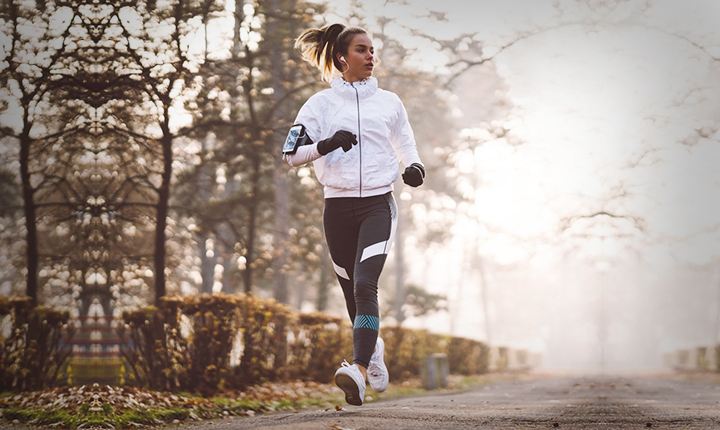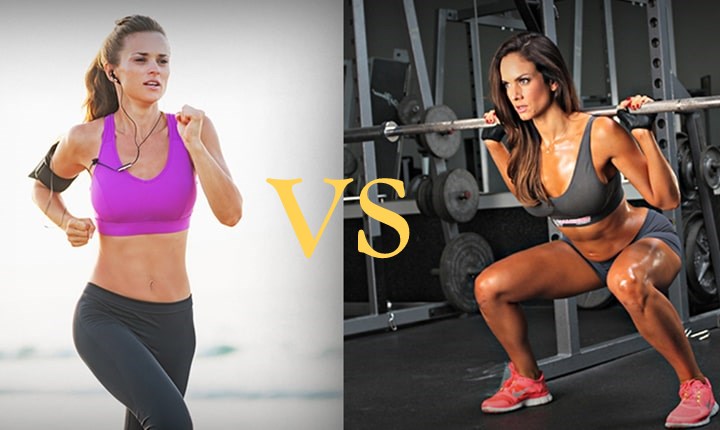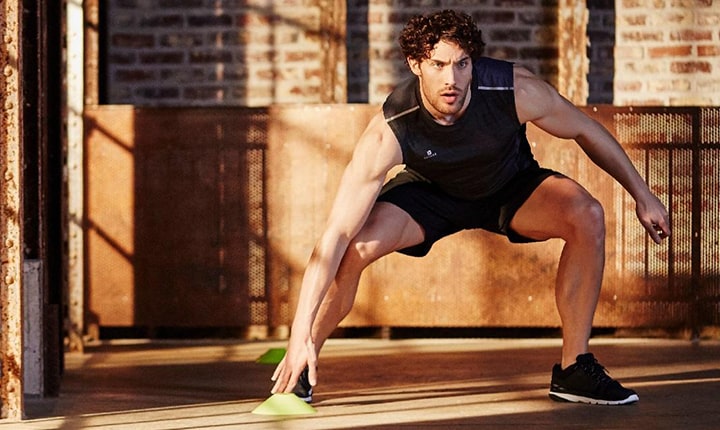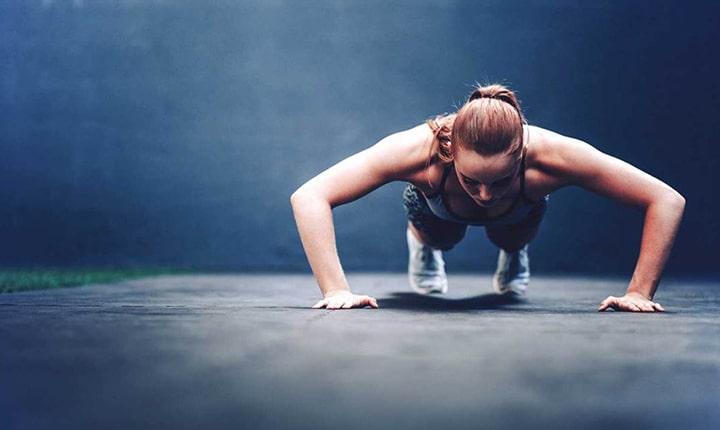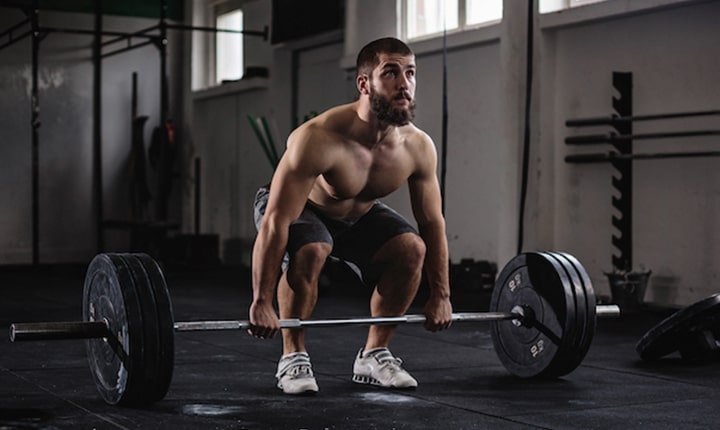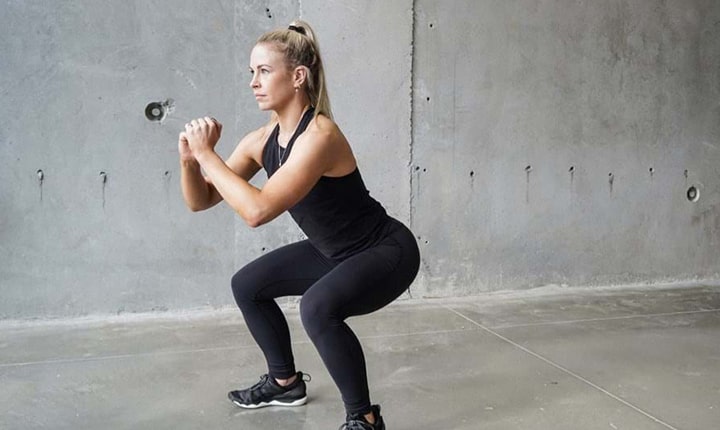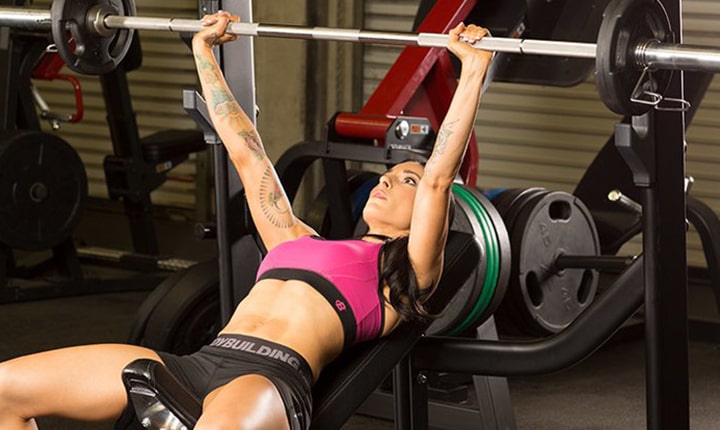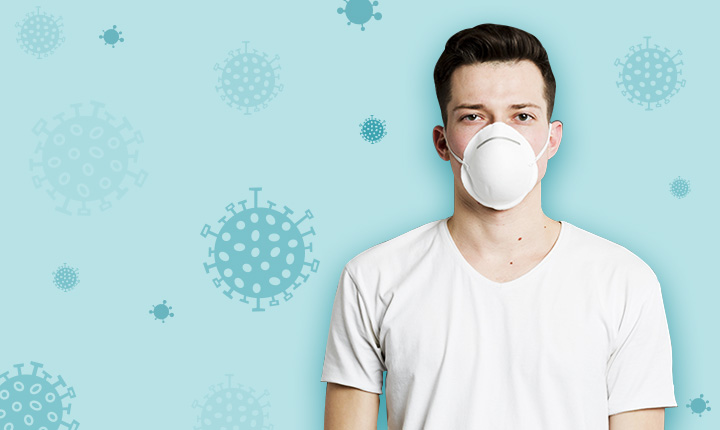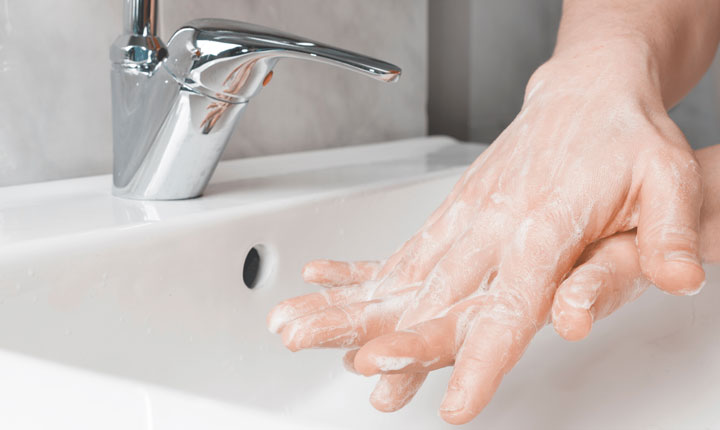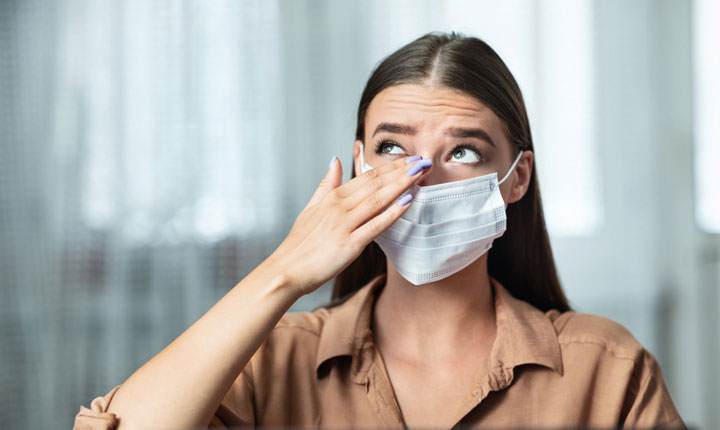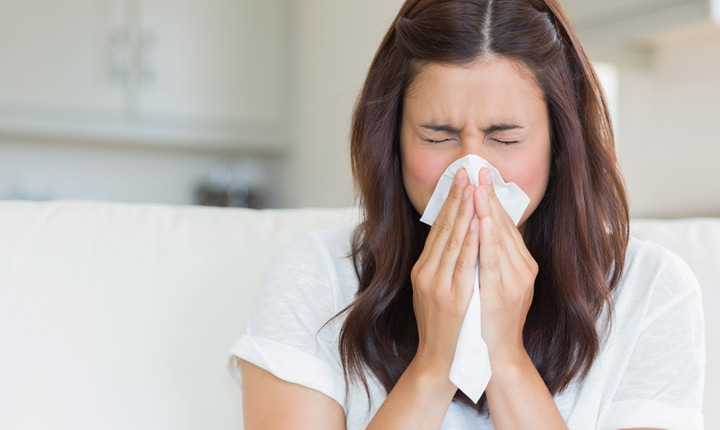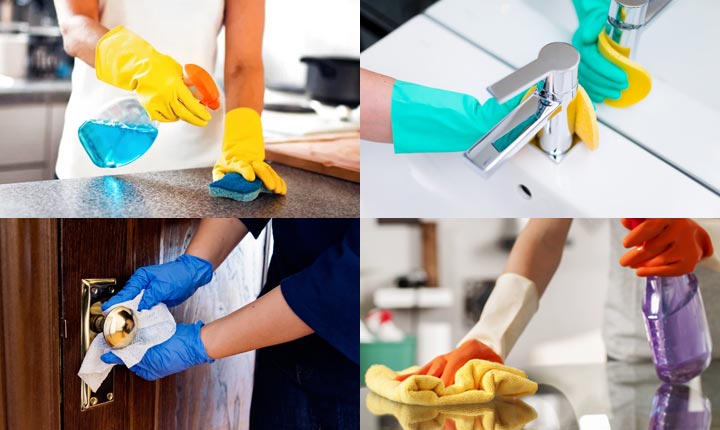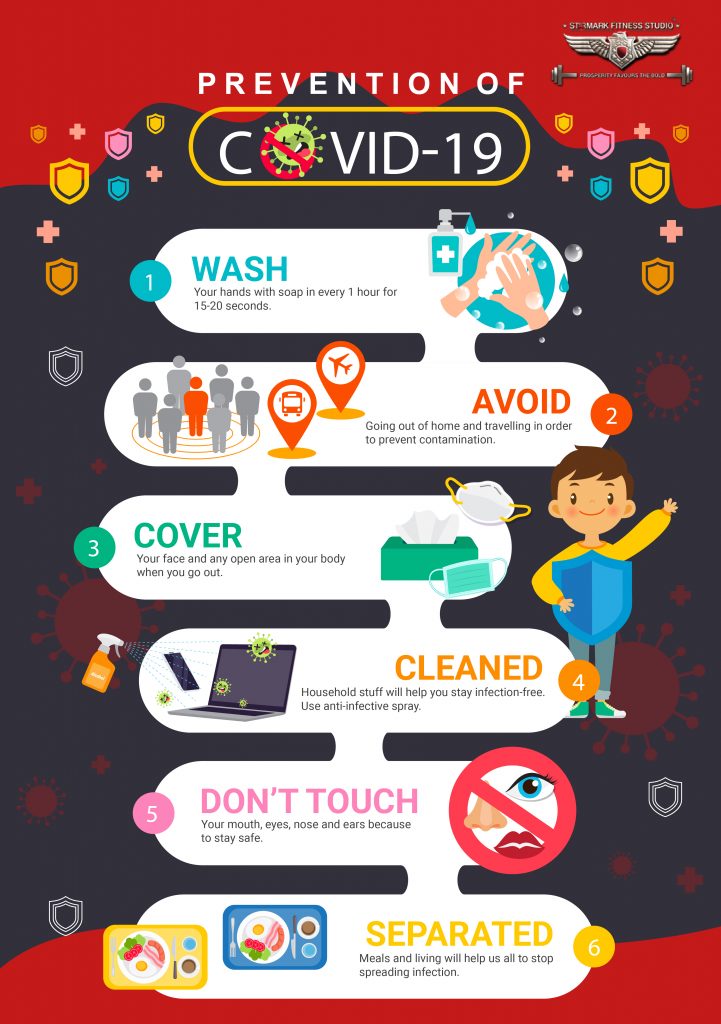Clothes are part of the equipment you use to get a job done. Your workout clothes are no exception. The physical culture movement was spearheaded by the emergence of a Prussian bodybuilder. He was Eugen Sandow who was both a strongman and a Showman. Sandow gained worldwide fame as a strongman.
In the year 1901, he organized the world’s first bodybuilding competition. The event was set at London’s Royal Albert Hall and was reported by Arthur Conan Doyle, the author of Sherlock Holmes novels. Workout clothes were not always tailored for the sport.
Can you believe that in the early 1900s tennis players wore the same outfit as test match cricketers? The men tennis players dressed in full-length trousers and white shirts.
Evolution of Workout Gear
In the early 1930s, the physical culture movement was gaining ground. A major change in sportswear took place in the early 1930s. This was the time when an English tennis player by the name of Henry Austin wore shorts for the first time at Wimbledon. The practice of dressing for the sport rather than trying to qualify as a gentleman or a gentlewoman started in the 1930s.
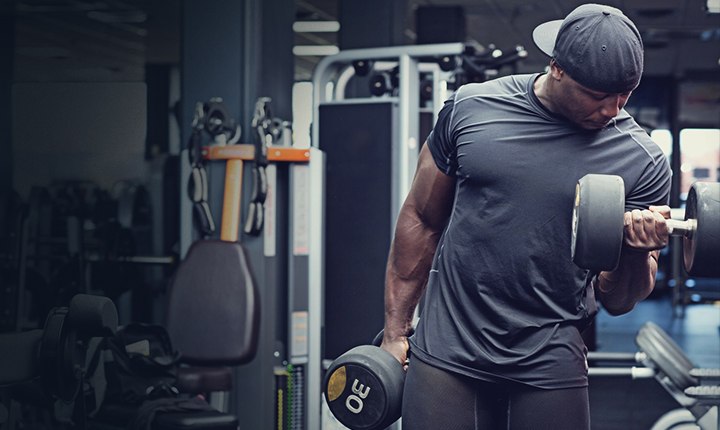
The Fitness Culture and Workout Clothes
According to research, over 25 per cent of the globe’s adult population workout either at gyms or health clubs or dance fitness centers or wellness centers. Workout clothes have also evolved as a major accessory of this workout culture and is considered to be an essential part of healthy gym habits.
The points to keep in mind for choosing your workout gear
- Ditch the 100 per cent cotton wear from your gym gear.
- 100 percent cotton wear absorb the sweat during your workouts. Therefore, they tend to get heavy as your workout progresses. The heaviness of the workout wear impedes movement. Thus 100 percent cotton wear is a strict no-no when it comes to workout clothes. Additionally, you do not want to be the one who smells in a gym.
- Always use fabrics that breathe as your work out gear.
- It is almost a rule of thumb that your workout will involve stretching and contracting your muscles. Thus you should always make it a point to choose stretchable fabrics for your workout clothes.
Try to Dress in Layers When it Comes to Your Workout Clothes
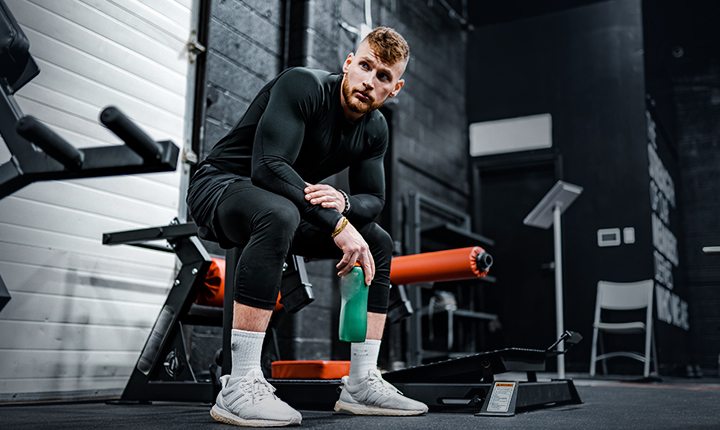
You are the most susceptible to an injury at the beginning of your workout. Avoid putting on a heavy top. Try to dress in layers so that you can take your jacket off after your warm-ups. Remember that you sweat during your workouts and there are many instances of cramps after the workout. These happen due to getting too cold when the sweat is exposed to air. Ensure that you slip back into your jacket after the workout. This is especially applicable if you are working out outdoors.
Your Workout Clothes Have to Match with the Season
This is more applicable to you if you play seasonal sports. Your workout clothes have to match with the season.
Choose Light Fabrics For the Hot Summer Months
It is a good idea for you to choose not only light breathable fabrics but also light colors for the summer months. Dress in clothes that are comfortable and allow freedom of movement. Additionally, light colors are considered the appropriate fashion for the summer months.
You Can Also Choose Workout Gear which Can Hold a Bottle
Hydration is important in the summer months. You can choose a workout gear that allows you to carry a bottle of water. This is especially relevant in the summer months.
Do Not Let Your Workout Clothes Stifle You in Winter
You need to keep in mind that you will be getting your heart rate up during the exercise session. The body will generate more and more heat as the exercise session progresses. Dress in layers and remove the layers as you get warmer. Do not get so warm that you get afflicted with hyperthermia. Also remember to put your outer layers on, once your exercise session is over. Remember to cover your ears and head, if the weather is that cold.
Your Workout Gear Should Protect You From the Elements
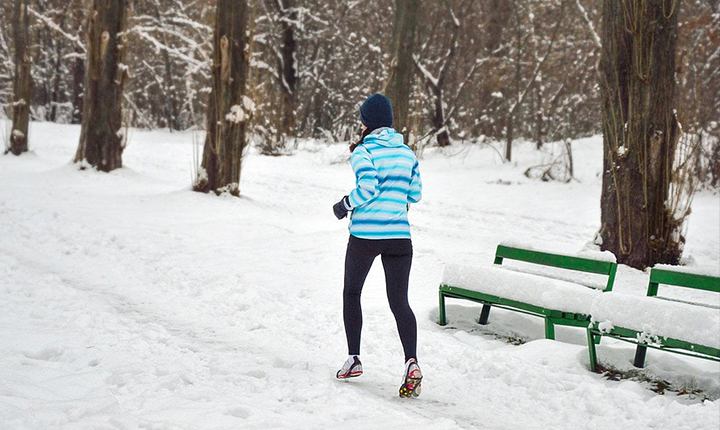
If the weather is wet and windy, your workout gear should be able to protect you. Ensure that you shop for workout appropriate gear. This is especially if you run outdoors as part of your workout.
Your Gym Gear Should be Able to Wick Away Sweat
You have a wide choice of breathable fabrics that are capable of wicking away sweat from your body. Fabrics that wick away sweat help it to evaporate quickly. This keeps your body cool. Avoiding hyperthermia during exercise is more important than you think.
Pay Attention to the Fit and Comfort of Your Gym Gear
You should feel like working out in your gym gear. Your workout clothes should be comfortable. Choose colors and fit according to your body image and personal style. You may prefer workout clothes that are comfortable and covers your body. You may choose to allow you to show the shape and contour of your muscles.
When Arnold Schwarzenegger realized that he had weak calves, he cut the bottom off his sweat pants to expose his weakness and embarrass himself. This motivated him to train his calves hard and make them his strong point. This is also a route you can take. It depends on your personal choice.
If You are a Woman, Take the Time to Choose Your Sports Bra
Studies have shown that over 40 percent of women wear the wrong size bra. Women should look for a good sports bra. These provide great support and freedom of movement.
If You are a Man, Pay Attention to Choose the Right Cup Size Undergarment
You should look for an appropriate protective cup size for your workout. This is more relevant if your workout involves a contact sport. This is not uncommon with the increasing popularity of MMA as a sport and as a workout.
Differentiate BetweenComfortable Form Fit and the Feeling of Asphyxiation
Bodybuilder Johnnie Jackson severely injured himself when he attempted a 900-pound power- lifting squat wearing tight clothing. This was designed to help his squat. The clothing was so tight that he lost feeling in his legs at the bottom of the squat.
There are tight stretchable fabrics that are designed to help you get additional leverage. However, they can also get too tight and cut off circulation. You should be able to feel the difference between what is appropriately tight and what is too tight and asphyxiating.
Your Gym Gear Should Include the Right Footwear
Your gym footwear should be flexible and should not break when bent. Studies have shown that people who have worn boots with rigid metal-supported soles for six months or more have lost more than 20 percent of their ankle flexibility. Make sure you wear comfortable athletic footwear that is flexible and support your feet and ankles.
Summary
Keep the saying in mind that health is wealth. Keep these tips in mind while shopping for your workout gear. Stay consistent with the workout program. You are on your way to health, wealth, and happiness.


